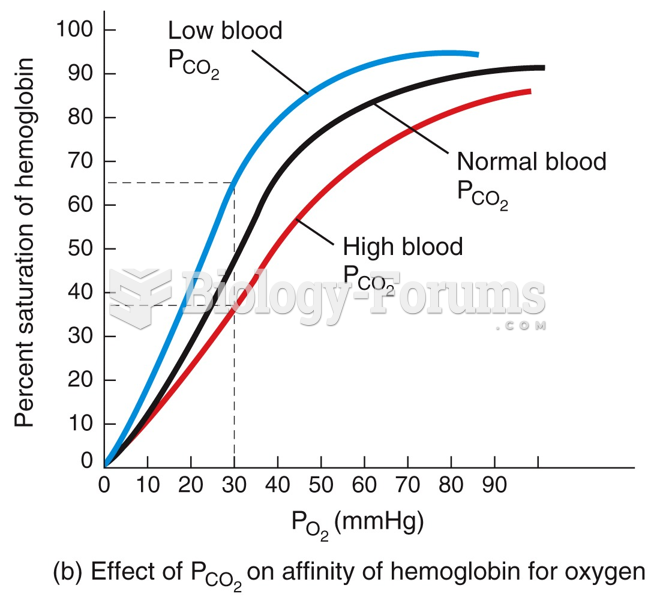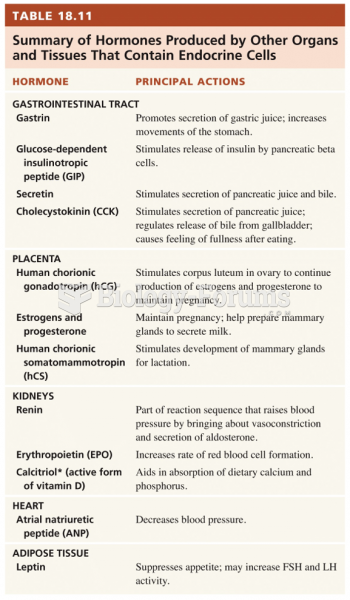Answer to Question 1
ANSWER: Student answers should state that on July 10, 1913, Greenland Ranch in Death Valley, California, the highest temperature ever reliably observed in the world was 57 degrees Celsius (134 degrees Fahrenheit). Here, air temperatures are persistently hot throughout the summer, with the average maximum for July being 47 degrees Celsiu1221s (116 degrees Fahrenheit). During the summer of 1917, there was an incredible period of 43 consecutive days when the maximum temperature reached 120 degrees Fahrenheit or higher. One of the hottest urban areas in the United States is Palm Springs, California, where the average high temperature during July is 108 degrees Fahrenheit. Another hot city is Yuma, Arizona. Located along the California-Arizona border, Yuma's high temperature during July also averages 108 degrees Fahrenheit. In 1937, the high in Yuma reached 100 degrees Fahrenheit or more for 101 consecutive days. In a more humid climate, the maximum temperature rarely climbs above 41degrees Celsius (106 degrees Fahrenheit). However, during the record heat wave of 1936, the air temperature reached 121 degrees Fahrenheit near Alton, Kansas. And during the heat wave of 1983, which destroyed about 7 billion in crops and increased the nation's air-conditioning bill by an estimated 1 billion, Fayetteville reported North Carolina's all-time record high temperature when the mercury hit 110 degrees Fahrenheit.
One city in the United States that experiences very low temperatures is International Falls, Minnesota, where the average temperature for January is 16 degrees Celsius (3 degrees Fahrenheit). Located several hundred miles to the south of International Falls, MinneapolisSt. Paul is the coldest major urban area in the nation, with an average temperature of 9 degrees Celsius (16 degrees Fahrenheit) for January. For duration of extreme cold, Minneapolis reported 186 consecutive hours of temperatures below 0 degrees Fahrenheit during the winter of 19111912. Within the forty-eight adjacent states, however, the record for the longest duration of severe cold belongs to Langdon, North Dakota, where the thermometer remained below 0 degrees Fahrenheit for 41 consecutive days during the winter of 1936.
The most extensive cold wave in the United States occurred in February 1899. Temperatures during this cold spell fell below 0 degrees Fahrenheit in every existing state, including Florida. This extreme cold event was the first and only of its kind in recorded history. Record temperatures set during this extremely cold outbreak still stand today in many cities of the United States. The official record for the lowest temperature in the forty-eight adjacent states belongs to Rogers Pass, Montana, where on the morning of January 20, 1954 the mercury dropped to 57 degrees Celsius (70 degrees Fahrenheit). The lowest official temperature for Alaska, 62 degrees Celsius (80 degrees Fahrenheit), occurred at Prospect Creek on January 23, 1971.
Answer to Question 2
ANSWER: Student answers may vary somewhat, but overall need to demonstrate knowledge that Australia is located in the Southern Hemisphere, whereas Germany is located in the Northern Hemisphere.
After June 21st, the Southern Hemisphere is tilted away from the Sun. Nights are long, days are short, and solar rays come in at an angle, which means that air temperatures are fairly low. The June solstice marks the astronomical beginning of winter in the Southern Hemisphere, however, summer does not officially begin until the Sun is over the Tropic of Capricorn (231/2S) on December 21st. So, when it is winter and June in the Southern Hemisphere, it is summer and June in the Northern Hemisphere. Conversely, when it is summer and December in the Southern Hemisphere, it is winter and December in the Northern Hemisphere.
We know Earth comes nearer to the Sun in January than in July. Even though this difference in distance amounts to only about 3 percent, the energy that strikes the top of Earth's atmosphere is almost 7 percent greater on January 3 than on July 4. These statistics might lead us to believe that summer should be warmer in the Southern Hemisphere than in the Northern Hemisphere. However, this is not the case. A close examination of the Southern Hemisphere reveals that nearly 81 percent of the surface is water, compared to 61 percent in the Northern Hemisphere. The added solar energy due to the closeness of the Sun is absorbed by large bodies of water, becoming well mixed and circulated within them. This process keeps the average summer (January) temperatures in the Southern Hemisphere cooler than average summer (July) temperatures in the Northern Hemisphere. Because of water's large heat capacity, it also tends to keep winters in the Southern Hemisphere warmer than we might expect. Another difference between the seasons of the two hemispheres concerns their length. Because Earth follows an elliptical path as it journeys around the Sun and because the ellipse is slightly off-center from the Sun, the total number of days from the vernal (March 20) to the autumnal (September 22) equinox is about 7 days longer than from the autumnal to vernal equinox. This means that spring and summer in the Northern Hemisphere not only last about a week longer than northern fall and winter, but also about a week longer than spring and summer in the Southern Hemisphere. Hence, the shorter spring and summer of the Southern Hemisphere somewhat offsets the extra insolation received due to a closer proximity to the Sun.
Answer to Question 3
ANSWER: smudge pots







